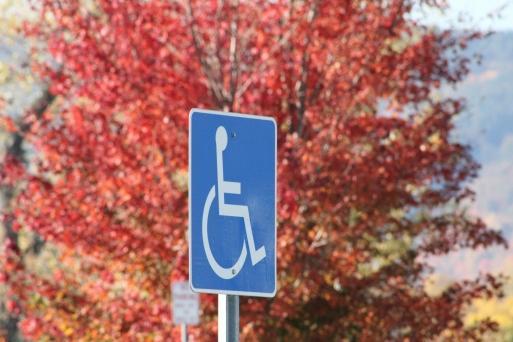Inclusion in municipalities: there is room for improvement
There is still room for improvement in the implementation of the rights of people with disabilities in German municipalities. This is the result of a joint research project by the German Institute for Human Rights and the University of Siegen. According to the study, only 41% of cities with more than 50,000 inhabitants and districts are taking targeted action to provide sufficient barrier-free housing, flexible support services for a self-determined life or to ensure that public offices and schools are equally accessible to people with and without disabilities and of all ages. According to the UN Convention on the Rights of Persons with Disabilities (UN CRPD), this should actually be the case everywhere in Germany. The convention has been law in this country since 2009 - but the reality is different in many places.
"Only two out of five major cities in Germany have plans to implement the UN CRPD in progress or completed. That's nowhere near enough," says Prof. Dr. Albrecht Rohrmann, spokesperson for the Center for Planning and Development of Social Services at the University of Siegen. Dr. Leander Palleit from the German Institute for Human Rights emphasizes that the ability of people with disabilities to participate in society in a self-determined way is largely determined at a municipal level: "Municipalities have the opportunity and the human rights obligation to make areas such as education, housing and mobility inclusive. Our research project has impressively demonstrated that this can be achieved with the necessary political will."
According to the study, key success factors for inclusion in municipalities are systematic planning from the outset, sufficient staffing and funding and the comprehensive participation of people with disabilities. "In view of tight budgets, many municipalities are reluctant to invest in accessibility. However, making adjustments afterwards is much more expensive than taking accessibility into account from the outset when planning buildings, roads and digital services," explains Rohrmann.
According to the study, there is also room for improvement when it comes to the participation of people with disabilities. For example, in only 40 percent of municipalities with plans for greater accessibility were those affected actively involved in decisions from the outset. In 60 percent of municipalities, on the other hand, people with disabilities had no opportunity for real co-determination.
Although there are positive approaches and great efforts in many places, no municipality has yet taken the ideal path in terms of inclusion, Rohrmann notes: "We would not award the inclusion prize to any of the municipalities surveyed." As part of their project, the researchers also surveyed and compared the situation in individual federal states. There was no noticeable north/south or east/west divide. North Rhine-Westphalia lags behind the national average in terms of inclusion: the proportion of larger municipalities (over 50,000 inhabitants) with systematic planning activities is only 36% in NRW (nationwide: 41%).
Background:
The research project "UN Convention on the Rights of Persons with Disabilities in Local Authorities" was launched in October 2022. It is funded by the Federal Ministry of Labor and Social Affairs with a total of around 670,000 euros. The detailed results of the study as well as anonymized portraits of planning processes in individual municipalities and other materials on the design of planning processes are available on the website of the German Institute for Human Rights.

